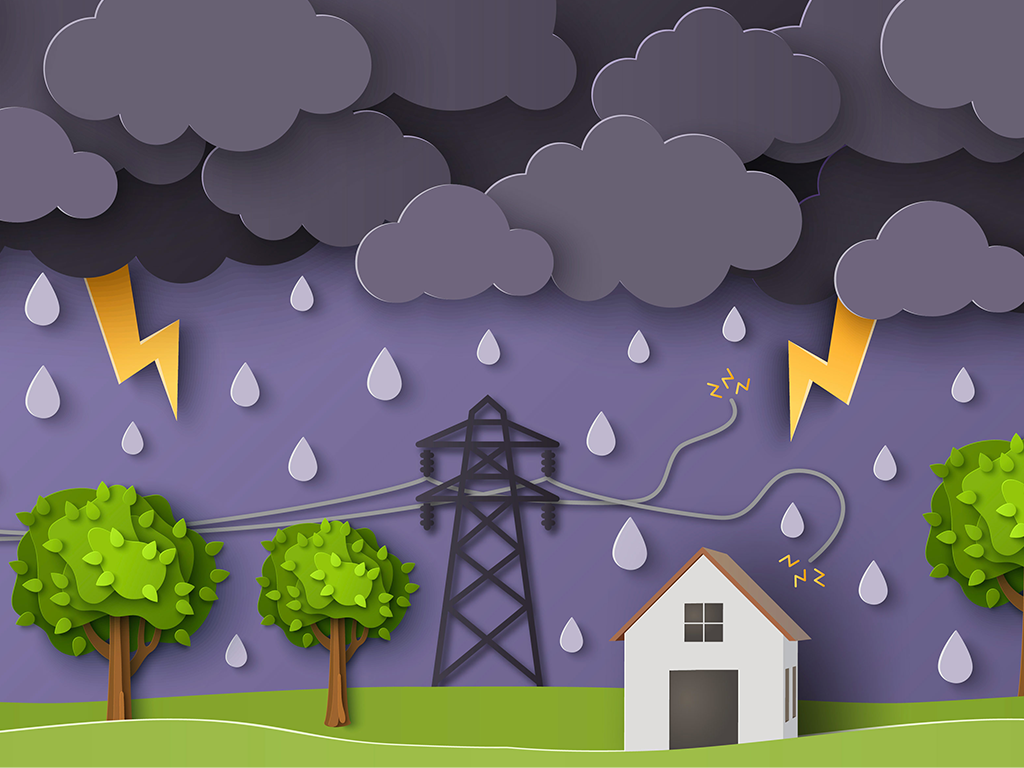Combining big data and machine learning may help predict unplanned power outages

Texas A&M Engineering
Dr. Mladen Kezunovic, College of Engineering, and Dr. Alexander Brown, College of Arts and Sciences, are working with a team of Texas researchers to combine historical outage data and weather-related data, often called big data, and machine learning to predict outages and change the outage mitigation paradigm from reactive to proactive.
The National Science Foundation is backing the Texas A&M research team’s effort through a project titled “Advanced Learning for Energy Risk Tracking (Alert).”
Unplanned power outages due to environmental conditions (wind, lightning, tree growth, etc.) leave those without power on their own, sometimes for long periods of time. Utility companies lack the ability to predict when forced outages will occur, so no mitigation measures targeting consumers are deployed ahead of time to reduce the impact of an outage.
Using machine learning and data describing the causes of outages, the team can study the past to make predictions about the future. Once they gather the necessary data, they can superimpose database models on physics-based models to predict the state of risk of an outage.
“Wind, precipitation and lightning can all cause an outage,” Kezunovic said. “We’re dealing with over 60 different parameters like precipitation, temperature, wind, soil type, vegetation type, and animal intrusion from different databases that must be correlated. There is no human cognitive ability to correlate that manually, but machines can.”
The researchers correlate the risk of an outage represented by a data model with the physical disposition of the transmission lines and feeders—wires that go from substations to buildings and houses using geographic information systems (GIS). GIS involves overlaying information—in this case predictions based on models—onto geographically dispersed elements such as a grid.
All this information is then compiled into one collapsible model that depicts the state of risk of an outage in space and time. The team can layer variables such as the ground, grid, vegetation, lightning, rain and wind like a cake. Once the model looks at the data, it can predict which area may be at risk for an outage and inform consumers in that area. The team is currently working on packaging specific communication messages for different consumer types.

